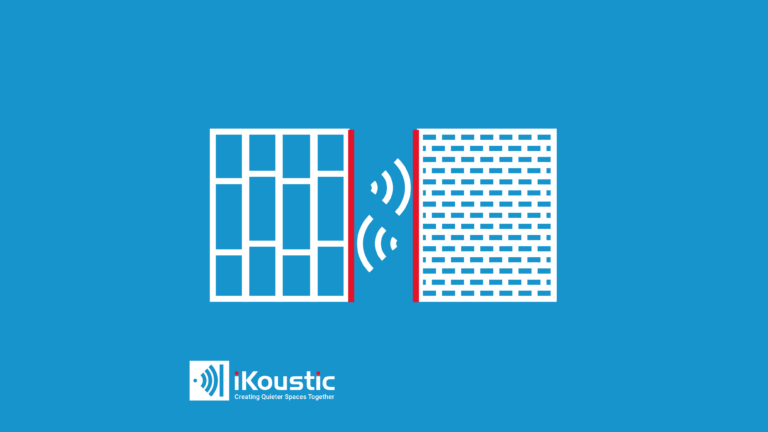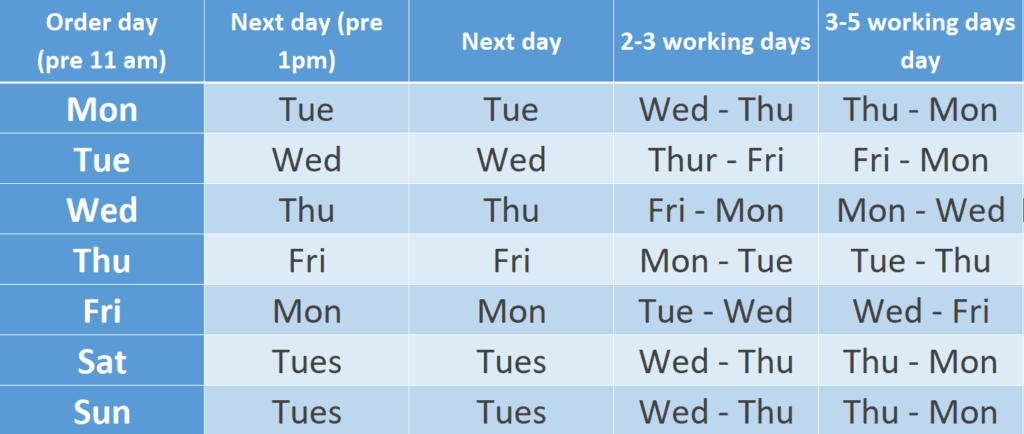How to build a home studio with Pro Tools Expert
A Studio Build with Pro Tools Expert
With a rise in affordable DIY audio recording hardware and software, it is becoming more common to expect studios to be within the home or in a dedicated space – allowing more flexibility to those in the audio recording industry.
When building a Recording Studio, Mixing and Mastering Studio or even a Home Studio there is a lot of considerations to factor in, but stay with it as Pro Tools Expert have provided a run down of each step in the process in which we have supplied advice and soundproofing materials to – we would like to thank Pro Tools Expert – Dan Cooper for his informative and in-depth experience of the studio build, we have included a few statements from Dan on his experience.
“When we were planning the studio build I contacted the guys at iKoustic for guidance because I had no prior “hands on” experience building a soundproof studio. The log cabin in our garden was constructed with timber 40mm thick so we needed soundproofing materials and a plan to get the soundproof system right. If you don’t plan a soundproof system properly you run the real risk of spending a whole bunch of money on a room that will not work as a soundproof recording studio”
iKoustic can help to provide all internal soundproofing materials to any project, in most cases we would need to know the budget to make sure it is feasible to achieve the acoustic levels these structures require.
Links
- https://www.pro-tools-expert.com/home-page/2017/8/10/estimates-quotes-budgets-how-studio-build-costs-can-get-out-of-control
- https://www.pro-tools-expert.com/home-page/2017/7/31/tecsound-an-impressive-recording-studio-soundproofing-material
- https://www.pro-tools-expert.com/home-page/2017/9/22/studio-build-a-floating-floor-alternative-that-decouples-the-final-wood-finish
Budget
You will want to first decide on your realistic expenditure for the project with all elements factored in, which will include soundproofing materials of course – this is to make sure the project is feasible.
Some questions you may want to be considering are;
- Will this be a mixing and mastering studio?
- Will it be a recording studio with booth and mixing room?
- What instrumentation would you be looking to record?
- Internal acoustics and sound control (this would often be reviewed by an Acoustic Consultant as a way of determining potential standing waves, early and late reflections and other acoustic parameters that can affect the listening environment)
- Do you require planning permission?
- Floor plans and spacing to make sure the area is suitable?
Structural Build
Depending on the build of your structure (whether this is a wooden frame, brick or block construction) this will determine what level of sound proofing you would require for desired results, also – you may need to draft in a structural engineer to make sure the right soundproofing is compatible with the structure, this is important for framed structures or converting summer houses as a high degree of mass is required.
Framework of the Build
It is important that studio builds gain separation on every level, an independent stud frame in brick and block constructions as a base point to maintain the best performance, this cavity may also need to include thermal treatment.
Acoustic Mineral Wool (AMW) is required between the studs, which is a more general term for brands such as Rockwool and Earthwool and with AMW you will want to look for a density, 45kg and 60kg per m3 are most common. The AMW helps to reduce noise issues within the cavities, which can be an issue in recording studio environments and compromise overall system performance
Importance of a Sound Isolation Clip System for Walls and Ceilings
“I researched a wide variety of soundproofing materials, sound isolation systems, and soundproofing construction methods in the early stages of planning my studio build. My starting point for the soundproof studio was a garden cabin built from 40mm thick timber – not ideal.
A Sound Isolation Clip System works by creating isolation with a rubber shock absorber being in contact with the walls and ceilings, with a fixing nut floating within the rubber shock absorber. A channel is then neatly clipped into the clip which overall gives slight movement to the wall and ceiling to reduce vibration transfer and immediate contact, with no compromise to plasterboard joints.
With discussing the importance of isolation, when materials are installed on to the channels, this means that it acts as a high mass membrane that vibrates away from the structure. The mass is provided by;
Our sound isolation clip system, MuteClip, exists as one of the best acoustic performing systems for soundproofing walls and ceilings on the market for reducing impact and airborne noise, as well as being a straightforward installation with no way of incorrectly fixing the system unlike resilient channel that could compromise performance.
We recommend using this system for soundproofing ceilings and soundproofing walls to make sure there is relatively comparable performance in all areas to reduce weak points.
An interesting pointer on the sound isolation clip system from Dan at Pro Tools Expert;
“Some believe that a sound isolation clip system isn’t a necessary soundproofing component as they believe that resilient channels installed between plasterboard and stud frames are enough. I disagree. As studio owners, we understand the benefits of decoupling studio gear such as studio monitors, guitar cabinets and even microphones (in cradles/shock mounts)”
Including Tecsound in the mix
We have prepared a short video below on the benefits of Tecsound and why it should be used;
As a self-adhesive product, these are simple to install with no additional adhesive or fixings required. Tecsound is a de-coupling, high mass, visco-elastic membrane, which means that it helps to reduce vibration and airborne noise.
The importance of vibration dampening in studios is important as to not effect recording or compromise the listening environment by direct sound causing materials to resonate and ring. Tecsound can be used on metal work directly to reduce vibration– like the way gel drum pads work on the drum skin or between Acoustic Plasterboards to reduce airborne noise.
Creating a Floating Floor
To reduce sound being transferred through the flooring, direct mechanical fixings are best avoided as sound moving from the top layers would transfer into joists or the concrete soffit and move across through vibration.
These can range from our MuteCradle option for maximum separation with lesser points of contact, to our slim-line and effective MuteMat.
Dan had opted for Tecsound and MuteMat to create the floating floor which would most commonly be bonded down with adhesive. The 6mm closed cell foam helps to provide impact reduction, as well as suspending the mass away from the flooring with no contact of rigid materials.
“Instead of decoupling the internal floor from the structural floor we decided to decouple the final wood floor from the original floorboards using a layer of TECSOUND, followed by a single layer of MuteMat 2.”

The Results
“The soundproofing results so far with a custom door fitted and the floor unfinished are already amazing. General garden airborne noises such as neighbours lawn mowers, aeroplanes flying overhead, children playing, dogs barking, distant traffic and my wife calling me for dinner are 99% gone. Inside a slight rumble of sound can be heard from external sounds directly next to the structure but I am confident that the floor construction will seal the studio and complete the soundproofing beyond expectations.”








